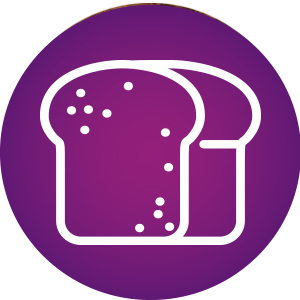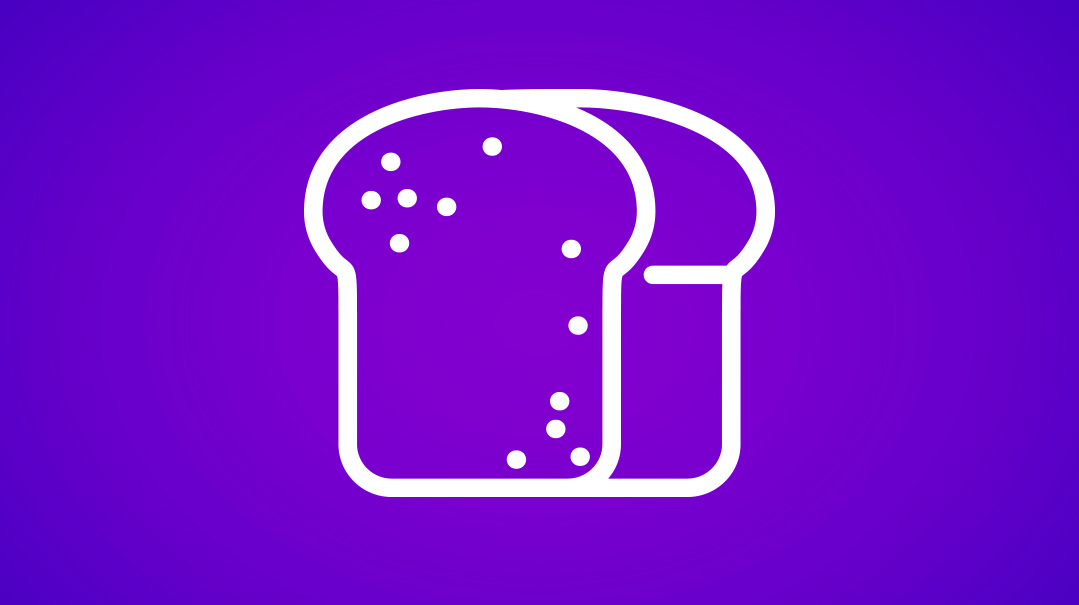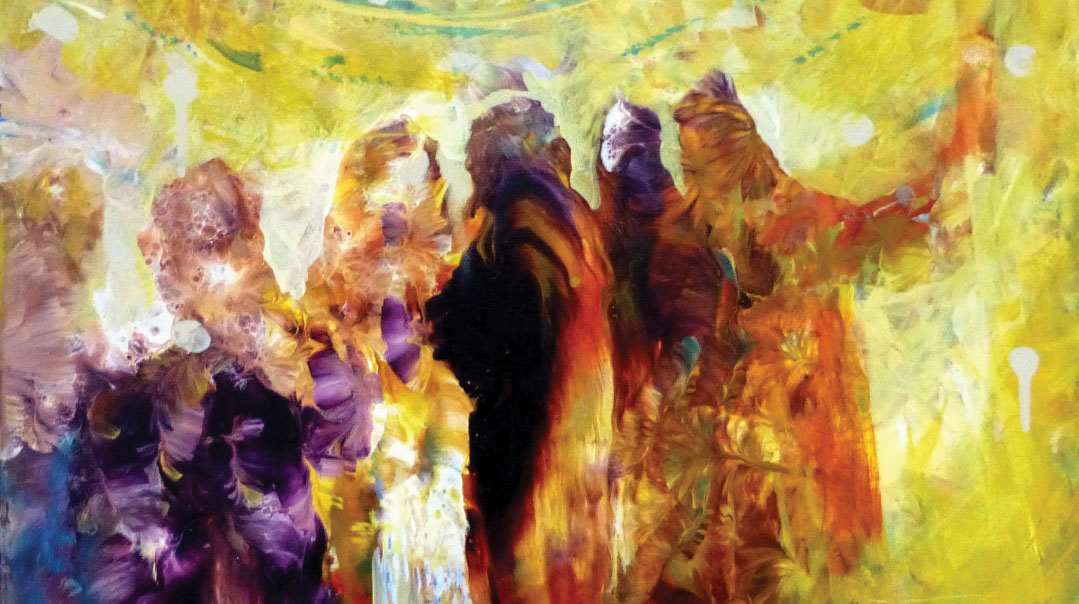Mahn at Our Table

Bentshing reminds us that our needs will always be met
Bircas Hazan
Ou
We’ve already noted another starting place for the blessing of sustenance — the proper recitation of Bircas Hamazon. Rabbeinu Bechaye finds an allusion to the structure of Bircas Hamazon in the description of the Shulchan in the Torah: “And you shall make a Table of acacia wood… and you shall cover it with zahav tahor, pure gold” (Shemos 25: 24).
The letters in the word zahav — zayin, hei, and beis —are the initial letters of the first three brachos of Bircas Hamazon: bircas haZan, the blessing for nourishment; bircas Ha’aretz, the blessing for the land; and bircas Bonei Yerushalayim, the blessing for the rebuilding of Yerushalayim.
No discussion of Bircas Hamazon is complete without an understanding of these three brachos and the order they’ve been placed in.
A COURSE IN EMUNAH
These three principal brachos are derived from the wording of the mitzvah in parshas Eikev (Devarim 8:10): “And you shall eat, be satiated and, bless Hashem your G-d for the good Land He has given you.” “You shall eat” corresponds to hazan; “the Land” relates to ha’Aretz; “the good” is a reference to Yerushalayim.
The Gemara (Berachos 48) relates that each one of the first three brachos was composed by a leader of Klal Yisrael after a particular milestone event. Moshe composed bircas hazan when the mahn fell in the desert, Yehoshua wrote bircas ha’aretz when the nation entered Eretz Yisrael, and Dovid and Shlomo created the different parts of bircas bonei Yerushalyim when Yerushalayim and, later, the Beis Hamikdash, were built. The fourth brachah, bircas hatov v’hameitiv, was composed by the Rabbanan in Yavneh, upon the occasion of the miraculous burial of the victims of Beitar, the last Jewish stronghold that fell to the Romans after the Churban.
Rav Yisrael Najara writes that because the blessings of Bircas Hamazon were written in the spirit of nevuah by great leaders and prophets, we must recite every word precisely and carefully, with concentration and awe.
The Maharal outlines the sequencing of the three brachos. Since the mitzvah talks about our “eating and becoming satiated,” we demonstrate our satiation by specifying, throughout Bircas Hamazon, the fullness of Hashem’s gifts.
We begin by thanking Hashem for the gift of food, an essential physical need. We then move on to the Land, which is a spiritual and intellectual gift, especially in the light of Chazal’s comment that “the atmosphere of Eretz Yisrael gives wisdom to its inhabitants.” Lastly, we mention the ultimate gifts of Yerushalayim and the Mikdash, which touch the supernatural realm, for this is where the Shechinah dwells among us and where we experience constant miracles (see Avos 5).
The same bircas hazan that is identified with the mahn is recited today after partaking of ordinary bread. The context of the mitzvah in parshas Eikev also reflects this linkage. Before giving us the mitzvah of Bircas Hamazon, the Torah recalls the mahn and describes its lesson as timeless and universal: “To make it known to you that man doesn’t live by bread alone, rather by what issues from Hashem’s Mouth.”
The underlying message of the juxtaposition of mahn and ordinary food is that all forms of food, on all occasions, are heavenly gifts, for they emanate from His Will. The Skolya Rebbe notes that the word mazon is an anagram of “zo man, This is mahn.”
The features of the mahn in the Midbar are well known. It fell directly from the heavens without any human intervention at all, each member of Klal Yisrael received the same daily amount, and the tzaddik’s portion was deposited at his very doorstep.
Because the mahn fell in a setting devoid of natural resources and because its laws required the recipient to completely finish that day’s portion, it created a state of total dependency on Hashem’s care and concern. This 40-year training course in emunah and bitachon was designed to prepare the nation for life in Eretz Yisrael. As Rav Hirsch puts it, they’d enter, begin to work the land by the sweat of their brow, and still view every piece of plain bread as no less a gift from Hashem than the mahn.
UNIVERSAL SUSTENANCE
I was chagrined to discover that I’d been reciting Bircas Hamazon for years and never noticed that the most frequently repeated word in the first brachah is a derivative of “kol — all.” The brachah begins with the words, hazan es haolam kulo, ends with hazan es hakol, and contains other phrases such as “He nourishes all, maintains all, does good to all, and prepares food for all.”
The word “kol” encapsulates the theme of bircas hazan: Hashem sustains everyone.
The Gemara (Avodah Zarah 3b) echoes this message when it tells us that Hashem gives nourishment to the entire world, from “the horns of the re’eimim to the eggs of lice.” The key verse in Ashrei, “Posei’ach es yadecha u’masbia l’chol chai ratzon — You open Your Hand and sustain the desires of all living things,” delivers the same message.
There are two dimensions to this statement.
Firstly, the key to parnassah is in Hashem’s Hands alone. All those who have food and sustenance have only Hashem to thank for it. Yaakov Avinu underscored this fact in a conversation with Yosef. When he bentshed Yosef and his sons, he referenced “Hamalach hagoel osi mikol ra — the angel who has saved me from distress,” conveying the idea that when it comes to salvation, Hashem often employs the agency of a malach. But, in an earlier verse, Yaakov called out to HaElokim haro’eh osi, the G-d Who has sustained me, implying that parnassah comes directly from Hashem.
The second dimension of posei’ach es yadecha is that Hashem has enough food for everyone. He may, in His wisdom, choose to afflict an individual with poverty or a country with famine. Starvation can also result from human deficits — greed, indifference, and reluctance to share wealth. Yet He supplies sufficient resources to support the entire world population at any given time.
There are many scientists who reject this assertion. In 1980, an ecologist and an economist, who held vastly different opinions on the future of the world population and its food supply, agreed to settle their battles by making a wager. The ecologist, Paul Ehrlich, argued that the rate of population growth in the world would soon exhaust the supply of food and other resources.
Julian Simon disagreed. He argued that humanity is always equipped to find innovative solutions and discover new resources to solve shortage problems. He argued that the average person is actually healthier, wealthier, and better fed than he was a few decades ago. He would later note that countries with rapid population growth were not suffering more than other countries.
The two men based their wager on the costs of five metals in ten years hence. They agreed that if the prices of these commodities rose, it would indicate a growing scarcity of resources, and Ehrlich would win the bet. If the prices fell, Ehrlich would pay Simon.
In October 1990, Paul Ehrlich mailed Julian Simon a check for over $500.
THE MANY FACETS OF GIVING
The moving words of Nishmas express our effort to utilize each part of our bodies to offer sufficient praise to our Creator: Were our mouth as full of praise as the sea, our hands outstretched as the soaring eagles, our feet as swift as deer, our eyes as luminous as the sun and the moon…
Rav Pam ztz”l (as quoted by Rav Yitzchok Zilberstein shlita) questions the reference to our eyes. We readily understand that our mouths can speak words of praise, our hands can reach out in dynamic prayer, and our feet can dance with delight, but what action can be ascribed to our eyes? How do they praise Hashem?
The answer lies in the words, “eineinu me’iros, our eyes are luminous.” When someone gives us a present and we react with a shining, animated, and enthusiastic face, we’ve told the benefactor everything he needs to know.
It’s this sense of pure delight that’s reflected in the wording of bircas hazan. We recount in great detail Hashem’s comprehensive care for all creatures [see sidebar]. We declare that Hashem is a nosein lechem l’chol basar — He gives bread to all living creatures. These words are culled from Tehillim 136, which is known as Hallel Hagadol, the Great Hallel. The Gemara says it’s because this chapter relates that Hashem dwells in the heights of the universe, yet distributes food to every creature (Pesachim 118a).
Perek 136 consists of 26 verses, all of which end with the refrain, ki l’olam chasdo, for His kindness endures forever. Each line enumerates a miraculous event of Creation, Yetzias Mitzrayim, or the conquest of Eretz Yisrael, and culminates with an everyday phenomenon: nosein lechem l’chol basar. Thus we learn that the sustenance of every living thing is no less wondrous than the major miracles of our history.
As Rav Feuer puts it, the perpetual maintenance of the food cycle is Hashem’s most awesome and enduring miracle. He has formulated a unique diet for every organism and created foods that are ideally suited for its nutritional needs. Ki l’olam chasdo, for His kindness endures forever!
Comprehensive Care
Bircas hazan recounts in great detail Hashem’s complete care for all creatures:
- He feeds all levels of living things: ha’olam kulo — even the plants, l’chol basar — the animal kingdom, lo chaser lanu — we human beings lack nothing.
- He feeds us b’tuvo, with goodness: He gives us delicious foods.
- He provides nourishment b’chein, b’chesed, u’v’rachamim, with favor, kindness, and compassion, at all levels of entitlement — to the deserving, the middling, and the undeserving, and in all stages of neediness — to the younger set, the middle-aged, and the elderly (Maharal).
- Since He provides food to even the undeserving, al yechsar lanu mazon l’olam va’ed, we’ll never lack food. We can be confident that we’ll always have the nourishment that we need.
- Absolutely everything we have comes from Hashem: He is zan — He supplies food, u’mefarnes — He gives nonfood essentials, u’meitiv — He bestows even nonessential benefits (Maharal).
- U’meichin mazon — He prepares much of our food without our knowledge, input, or involvement, as described in this exquisite Midrash (Vayikra Rabbah 14, 2): As people sleep in their beds, HaKadosh Baruch Hu makes the wind blow, the clouds rise, the rains fall, and the plants grow. He then dries the plants, and in this way, He prepares food for every person.May the inspirations derived from this article serve as an aliyah for the neshamah of my father z”l, Rav Shlomo Leib ben Chaim Yisroel Moerman, who was greatly devoted to the mitzvah of Bircas Hamazon.Mrs. Shani Mendlowitz is menaheles of Bais Yaakov Seminary of Montreal, and a popular lecturer for women.
(Originally featured in Family First, Issue 726)
Oops! We could not locate your form.



